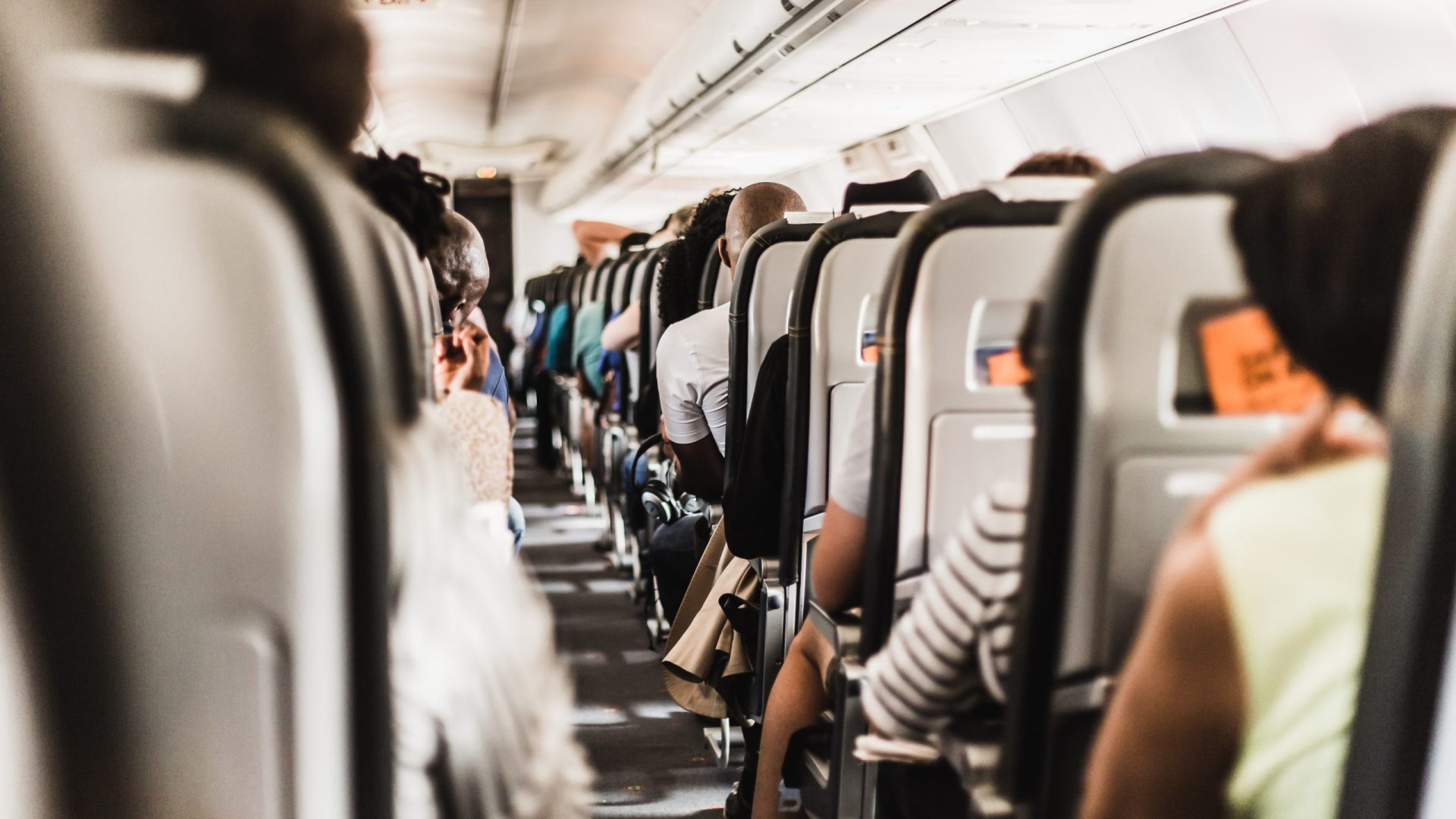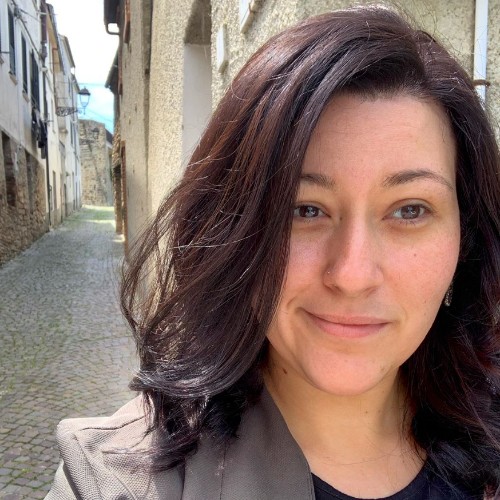
After several experiences of plus-size travelers being treated poorly while traveling have gone viral in just a few months, over 19,000 people have signed the petition calling for a unified fare policy for plus-sized travelers.


After several experiences of plus-size travelers being treated poorly while traveling have gone viral in just a few months, over 19,000 people have signed the petition calling for a unified fare policy for plus-sized travelers.
Air travel isn’t particularly restful or comfortable for anyone. But for plus-sized travelers, navigating narrow aisles, small seats, and sardine-can-esque bathrooms can be particularly challenging.
Besides the limited designs of the planes themselves, plus-sized people flying on US airlines often also have to contend with extra fares. Exact policies for larger passengers who need a second seat vary from one airline to the next—some require passengers to purchase two seats, while others will refund the second fare afterward if there ends up being available space on the flight.
Travel influencer Kirsty Leanne recently posted a TikTok video explaining her go-to hack for getting a seat with an empty seat next to her for almost every flight she takes without paying for two seats. The video went viral, racking up over 5 million views.
@kirstyleannetravels A few other things to bear in mind are: ✨ The sooner you board and ask, the better. FAs work on a first come first serve basis and if you’re last to board, all the free empty seats might be allocated. ✨ Don’t ask the first FA you see. Get to the ‘section’ your seat is in and ask the person who is then standing closest to you. If you’re at the back of the plane, it’s unlikely someone at the front will be able to help you. ✨ Don’t just move. It’s always better to ask so that FAs are aware you want more space. They also may tell you to wait until after takeoff to move and will save the space for you. ✨ I also ask at check-in as often, they can change your ticket to be in an empty row. A lot of the time, however, I’m told it’s a full flight even if it’s not. If you get this answer, don’t be disheartened – people don’t show up or miss their flight, leaving extra seats. #plussizetraveltoo #plussizetraveltips #travellingwhilefat #fattravel #plussize #flyingwhilefat #plussizequeen #flightghack #travelhack #fatandhappy #plussizetraveller ♬ original sound – kirstyleanne•plus size travel
But after years of having to share these types of hacks or having to pay for two seats on a flight (which is cost-prohibitive for most people), activists and consumer advocacy groups are asking for a change in the US travel industry at the root.
Plus-sized travel influencer Jae’Lynn Chaney started a petition, calling on the Federal Aviation Administration to standardize fare policies for plus-sized travelers. The petition also requests that airlines require that passengers who need it are “provided with an extra free seat, or even multiple seats, to accommodate their needs and ensure their comfort and safety, as well as those around them, during the flight.” So far, over 19,000 people have signed.
Chaney pointed out to CNN that she’s currently being charged twice as much for the same experience as a smaller person. “[We’re] asking for the same dignity and respect from an airline that someone in a smaller body gets,” she said.
The policies suggested in Chaney’s petition are actually in line with how some other countries operate. In Canada, a “one person, one fare” policy has been in place since 2008, prohibiting domestic airlines from charging for additional seats. In Australia, passengers can’t be charged differently depending on their body size.
It’s an issue that impacts most travelers to varying degrees. Over the years, Americans have, on average, been getting larger, with more than two in five considered obese. And the rest of the world’s population—though still not quite as large on average as the US’s—is trending in the same direction. At the same time, plane seats on all makes and models of commercial jets have gotten smaller or stayed about the same size, while legroom has shrunk significantly.
Last year, the FAA began the process of considering a new standard for minimum seat size, which is an issue of safety—people need to be able to evacuate a plane quickly in an emergency—as well as comfort. So far, the agency still hasn’t shared standards for seat sizes or policies for people who can’t fit comfortably in one seat.
But folks like Leanne are pointing out that addressing fare policies and seat sizes won’t entirely do away with the stigma and hostility that plus-sized people experience while flying. That’s going to take a cultural shift. Leanne said that she thinks a lot of the hostility directed towards larger travelers comes from the perception that they aren’t aware of how much space they take up.
“[Other travelers] think that we want to invade their space, or that we don’t care if we’re invading their space, or encroaching upon their space, especially in air travel,” said Leanne. “And that’s where a lot of the blatant hostility will come from. When in reality, so many people that I talk to speak about how they try to shrink themselves.”
Establishing guidelines to ensure that plus-sized travelers can get enough space at a fair price would do away with at least some unfriendly incidents Leanne and others report, like having armrests slammed down on them or neighboring passengers demanding a different seat.
Even with the discomforts, though, Leanne encourages others to book that next trip. “Although it may be incredibly daunting and overwhelming to travel in a larger body, please do not let the experience of flying while fat put you off traveling,” she says. “There are so many incredible things to see out there and I promise you, it’s worth it.”

Miyo McGinn is Adventure.com's US National Parks Correspondent and a freelance writer, fact-checker, and editor with bylines in Outside, Grist, and High Country News. When she's not on the road in her campervan, you can find her skiing, hiking, and swimming in the mountains and ocean near her home in Seattle, Washington.








Can't find what you're looking for? Try using these tags: